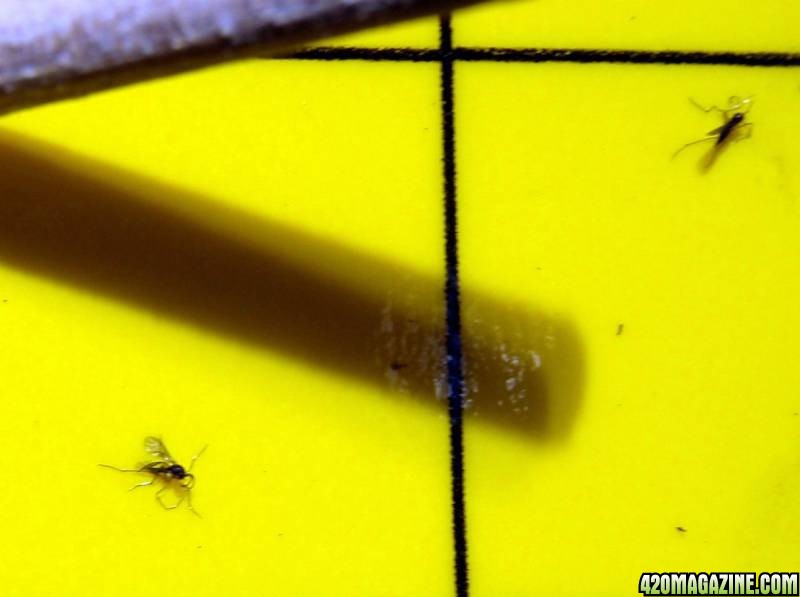420oclock
New Member
Anyone have any tricks for getting rid of fungus gnats? I use fly paper, yellow cards, dunks, etc. I also fumigate my flower room in between grows with bug spray. BUT, no matter what I do, at some point I begin finding the little fuckers.
Do they get into my grow via potting soil?

Do they get into my grow via potting soil?





